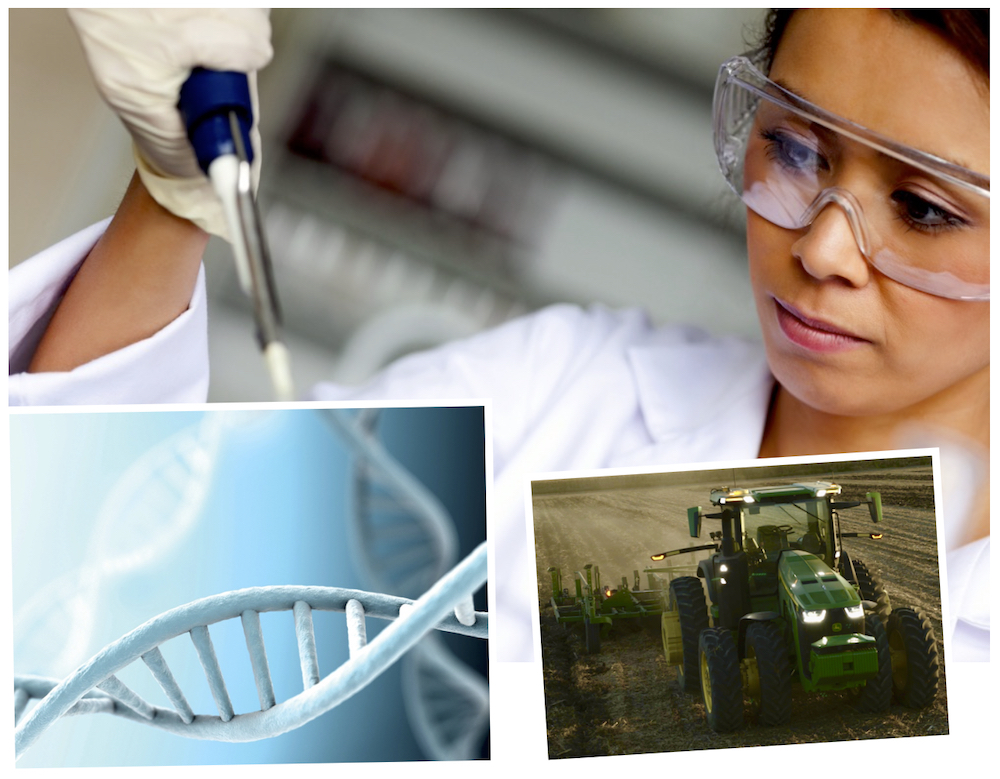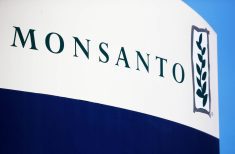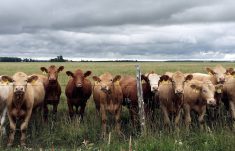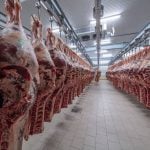By all reports, the fully autonomous John Deere tractor launched at the Consumer Electronics Show in Las Vegas this month is a pretty nifty machine.
It combines a tractor, precision chisel plow, GPS guidance system and other unspecified “advanced technologies” into a package that farmers can put to work with a swipe of their mobile phone.
“While the machine is working the farmer can leave the field to focus on other tasks, while monitoring the machine’s status from their mobile device,” Deere’s press release says.
Read Also
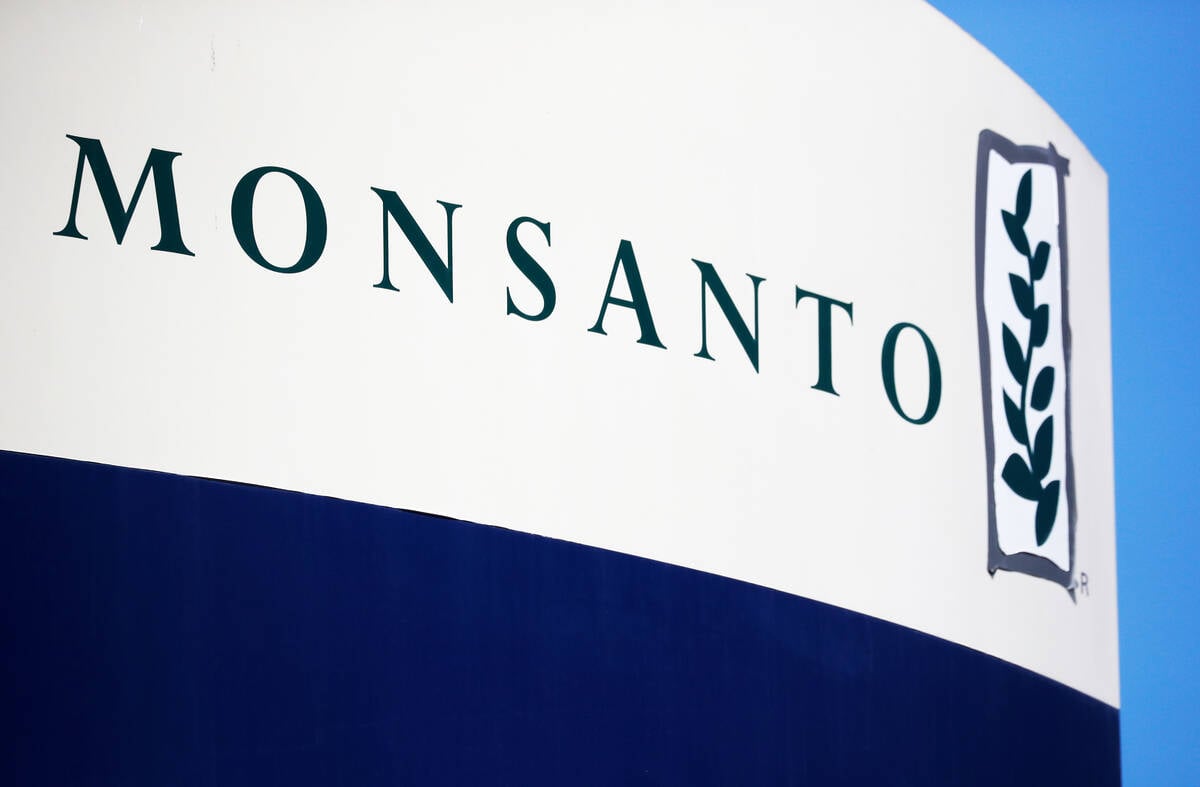
Roundup retraction makes public trust ripples
A foundational study on glyphosate safety was recently retracted, while Roundup maker Bayer has already said it may ditch the key agricultural herbicide after lawsuits piled up.
“John Deere Operations Center Mobile provides access to live video, images, data and metrics, and allows a farmer to adjust speed, depth and more. In the event of any job quality anomalies or machine health issues, farmers will be notified remotely and can make adjustments to optimize the performance of the machine.”
Autonomous technology has been creeping into the milieu of options available to modern farmers for decades, starting with GPS-guided auto-steering systems that keep the rows straight without the operator needing to touch the wheel.
Removing the need for an operator altogether, albeit at a price point of around US$600,000, is seen as a way to overcome the escalating labour shortages affecting the sector in industrialized countries. But these newer technologies remain controversial, even among farmers, who in some cases, actually enjoy doing field work.
Then there is the right to repair issue. Not only is this technology beyond the capacity of most farm shops, farmers complain they are paying for a piece of equipment that they don’t actually own because the rights to the operating system remain with the manufacturers.
That equipment can also be remotely deactivated by the company, say, if the farmer falls behind on payments, or by cybercriminals who hack their way in.
This is not to say this new option doesn’t have applications and important implications for modern agriculture. It does, just like a whole host of newly emerging solutions to help farmers address the challenges they face getting their jobs done.
Automation, biology, and computation — sometimes referred to as the new ABCs of agricultural innovation — are literally changing the way science is transformed into technology that has commercial applications. There’s been a dramatic increase in the speed at which researchers can find the answers to the questions they are asking, which significantly shortens the time it takes to develop new ideas.
We see it with the new gene editing capabilities such as CRISPR-Cas9, which allows researchers equipped with genome maps to manipulate genes within a plant with the effect of either amplifying or turning off traits. It’s considered less invasive than genetic modification, which inserts genes from other sources. Regulatory agencies appear to be moving towards a less rigorous approach to approving this technology.
Also new this year are biological fertilizer products that help plants harvest nutrition from the air by applying nitrogen-fixing bacteria that colonize the growing plants. While they don’t replace the need for other forms of fertilizer, they can potentially reduce how much farmers need to apply. That has multiple benefits at a time when fertilizer prices are high and traditional products and application methods are increasingly being scrutinized for their environmental impacts.
These are all exciting new developments. But what spoils the fun for me is this overused and somewhat cynical sales pitch.
“The autonomous tractor serves a specific purpose: feeding the world,” says the second paragraph of Deere’s promotional release. It goes on to recite the latest forecast of the world’s population and food needs by 2050.
This was the same line used when the industry introduced GMOs nearly three decades ago. It wasn’t true then. It isn’t true now.
Depending on who you listen to, somewhere between 40 and 70 per cent of the world’s food is produced by small-scale farmers living in poor countries where technologies like these are unlikely to see much uptake any time soon. They can’t afford them. Plus, in many regions, their soils are in such a degraded state that they wouldn’t benefit. In populous countries with underdeveloped economies, automation only deprives people of badly needed jobs.
Solving poverty, which is the root cause of hunger, is not about the latest technology. It is about social justice, political stability, better education and basic infrastructure.
So let’s celebrate these new innovations for what they can offer, such as making large-scale farming operations easier, less labour intensive and more environmentally friendly. At the same time, it behooves us all to apply some good old-fashioned human ingenuity to solving ‘feeding the world’ problems far more complicated than rocket science.


